best soil for sedum
sedumqueen
15 years ago
Featured Answer
Sort by:Oldest
Comments (41)
tapla (mid-Michigan, USDA z5b-6a)
15 years agotapla (mid-Michigan, USDA z5b-6a)
15 years agoRelated Professionals
River Forest Landscape Architects & Landscape Designers · Peabody Landscape Contractors · Bristol Landscape Contractors · Fishers Landscape Contractors · Framingham Landscape Contractors · North Richland Hills Landscape Contractors · Ronkonkoma Landscape Contractors · Hercules Solar Energy Systems · Richmond Solar Energy Systems · Missoula Window Contractors · San Luis Obispo Window Contractors · Antelope Fence Contractors · Baltimore Fence Contractors · Carlsbad Fence Contractors · Tacoma Fence Contractorsponderinstuff
15 years agocloudy_christine
15 years agocloudy_christine
15 years agotapla (mid-Michigan, USDA z5b-6a)
15 years agocloudy_christine
15 years agotapla (mid-Michigan, USDA z5b-6a)
15 years agocloudy_christine
15 years agocloudy_christine
15 years agotapla (mid-Michigan, USDA z5b-6a)
15 years agocloudy_christine
15 years agopuglvr1
15 years agoMissMyGardens
15 years agotapla (mid-Michigan, USDA z5b-6a)
15 years agoMissMyGardens
15 years agogonetoga
15 years agotapla (mid-Michigan, USDA z5b-6a)
15 years agoPorus956_gmail_com
12 years agohalocline
8 years agotapla (mid-Michigan, USDA z5b-6a)
8 years agohalocline
8 years agotapla (mid-Michigan, USDA z5b-6a)
8 years agohalocline
8 years agolast modified: 8 years agohalocline
8 years agolast modified: 8 years agotapla (mid-Michigan, USDA z5b-6a)
8 years agotapla (mid-Michigan, USDA z5b-6a)
8 years agohalocline
8 years agorina_Ontario,Canada 5a
8 years agotapla (mid-Michigan, USDA z5b-6a)
8 years agohalocline
8 years agohalocline
8 years agotapla (mid-Michigan, USDA z5b-6a)
8 years agohalocline
8 years agohalocline
8 years agohalocline
8 years agoNil13 usda:10a sunset:21 LA,CA (Mount Wash.)
8 years agoHeather Krause
7 years agorina_Ontario,Canada 5a
7 years agolast modified: 7 years agoHeather Krause
7 years ago
Related Stories
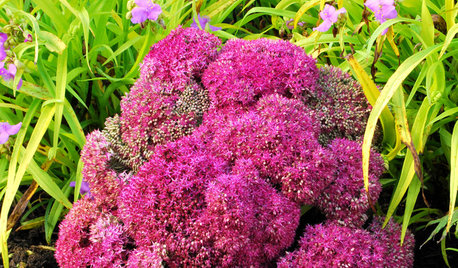
GARDENING GUIDESGreat Design Plant: Sedum (Stonecrop)
Terrific at filling gaps and in a wide range of colors and shapes, sedum is a problem solver in the garden
Full Story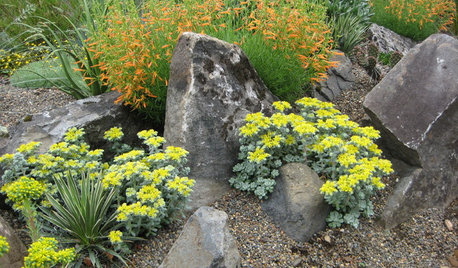
GARDENING GUIDESGreat Design Plant: Broadleaf Stonecrop (Sedum Spathulifolium)
If you want showy flowers and drought tolerance, this succulent is right up your zone-5 alley
Full Story
GARDENING GUIDESHow to Pick a Mulch — and Why Your Soil Wants It
There's more to topdressing than shredded wood. Learn about mulch types, costs and design considerations here
Full Story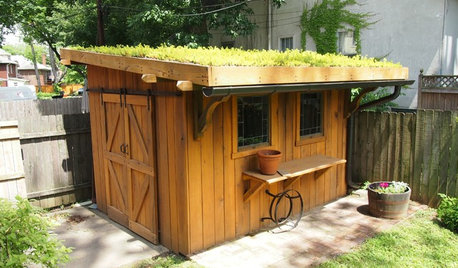
OUTBUILDINGSA Kentucky Garden Shed With a Planted Roof
Sedums help prevent runoff and add a green touch to this charming backyard building
Full Story
GROUND COVERSGround Force: 10 Top Ground Covers for Your Garden
Protect your soil from weeds and drought this summer with a living mulch of ground covers
Full Story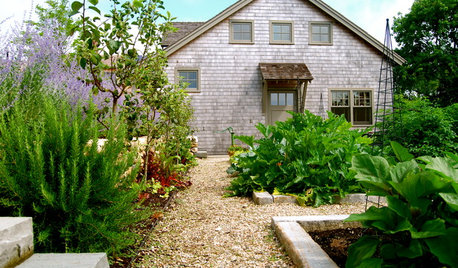
GARDENING GUIDESThe Simple Secret to Gardening Success
Learn the kinds of soil and a DIY type test to make sure you’re putting the right plant in the right place
Full Story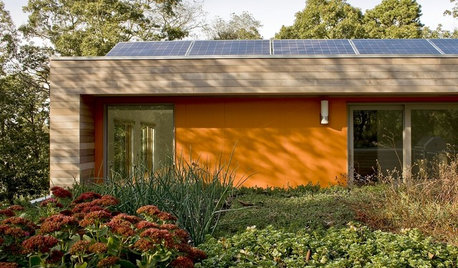
GARDENING AND LANDSCAPING9 Cooling Rooftop Gardens
Living roofs meld home and landscape, help beat the heat and more
Full Story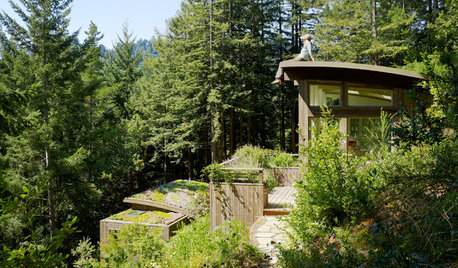
REMODELING GUIDESLiving Roofs Crown Green Design
Living roofs save energy, improve air, water, curb appeal — and the view from above doesn't hurt either
Full Story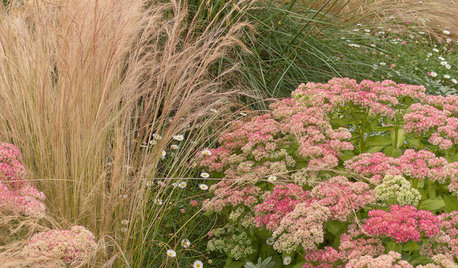
GARDENING GUIDESGreat Garden Combo: 3 Soft-Looking Plants for a Dry Climate
Weave a romantic tapestry with this drought-tolerant combination of plants as tough as they are lovely
Full Story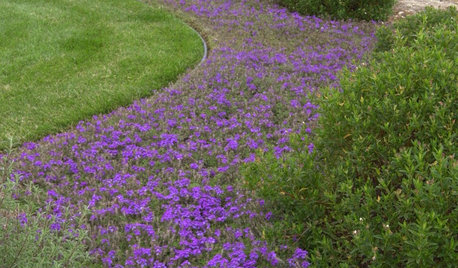
GARDENING GUIDESBathe Your Garden in a River of Color
Flowing curves made of ground covers, herbs and grasses to resemble a riverbed give landscapes movement and grace
Full Story





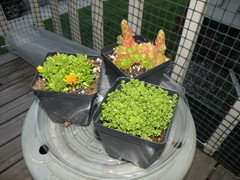
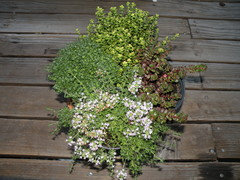
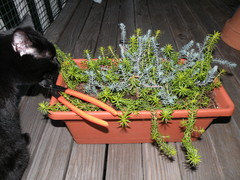
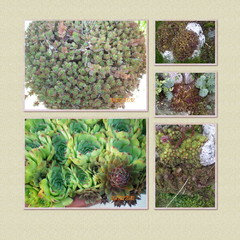
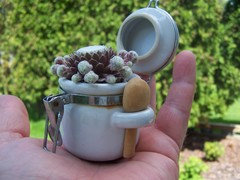

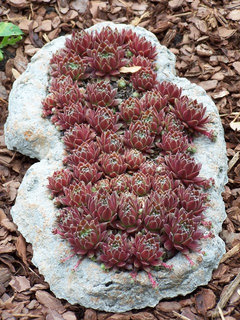

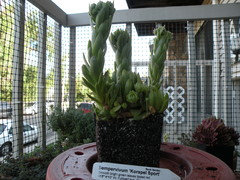



leisa_in_md